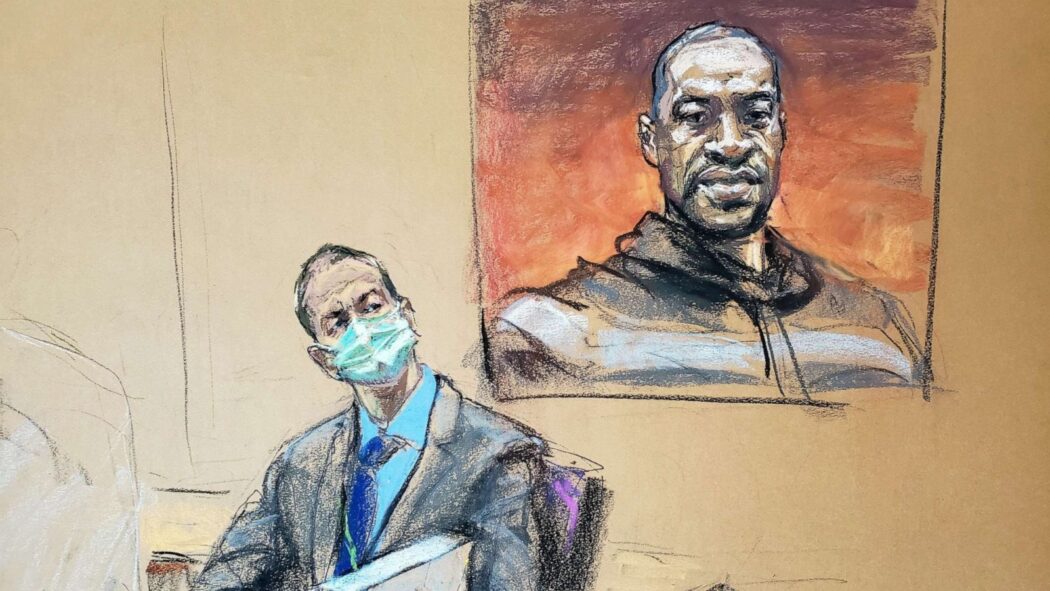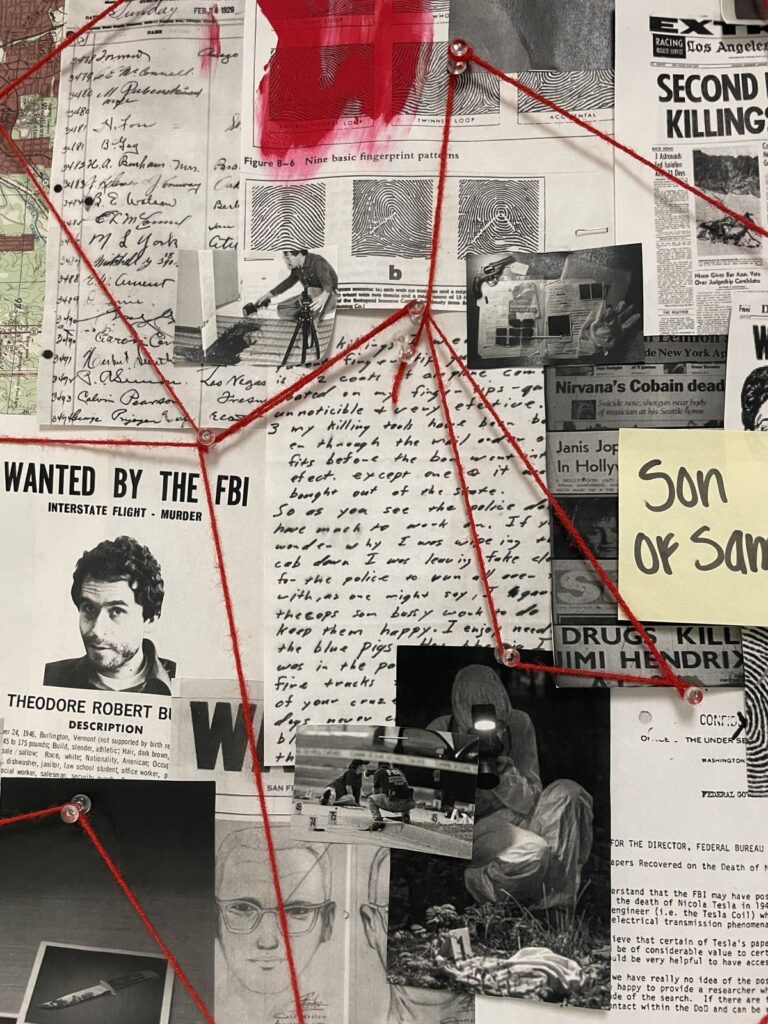Ten months ago, the nation was struck by the death of George Floyd at the hands of White police officer, Derek Chauvin. After months of peaceful protests, riots and social change, the long-awaited trial of Derek Chauvin began last Monday, March 29.
Here is the recap of week one.
The Case Make-up
The trial is not only the highest-profile Minnesota murder case but also the first-ever criminal case to be televised and the first case in state court to be live-streamed.
For the first two weeks, the prosecution will be presenting its case against Chauvin. They aim to prove he violated the law enforcement standards and training that he had received when he pressed his knee on George Floyd’s neck on May 25, ultimately leading to his death.
“Nine-two-nine. The three most important numbers in the case. Nine minutes and 29 seconds is how long [Chauvin knelt on Floyd’s neck],” prosecutor Jerry Blackwell said. “You will see that he does not let up, and he does not get up.”
After the prosecution finishes its case, the defense will present its findings to the court, defending the actions of officer Chauvin’s “de-escalation” tactics and ruling Floyd’s death was caused by two percocets he ingested minutes before his death.
Eric Nelson is the defendant’s main attorney. Nelson represents police officers charged with misconduct in Minnesota.
Notable Witnesses
The first witness called was Jena Scurry, the 911 dispatcher who watched the event through a city surveillance camera and alerted her supervisor.
“Something wasn’t right. I don’t know how to explain it. It was a gut instinct to tell me that now we can be concerned,” Scurry said.
Floyd’s three-year girlfriend, Courteney Ross, also braced the stand to share her relationship with Floyd and their collective battle with drug addiction. She gave an emotional testimony on how they met and referenced that Floyd also called her “mama” — his famous last words.
Paramedics also testified on their procedure to resuscitate Floyd, noting he did not have a pulse upon arrival. Both the prosecution and defense broke down the resuscitation efforts, translating the procedure in layman’s terms for the jury.
The most notable witness came Friday, ending the week with a critical testimony from the longest-serving officer from the Minneapolis Police Department, who alleged Chauvin’s use of force was “totally unnecessary.”
What’s Next?
Court resumed Monday, continuing with the prosecution’s trial and selected witnesses. The appropriate use of force is only part of the large story. More law enforcement witnesses are expected to take the stand this week, as well as medical experts to rule that Floyd’s death was a result of Chauvin’s use of force.
The trial live stream can be viewed on all mainstream media sites including The New York Times — accessible for all Penn State students.
Watch here.





